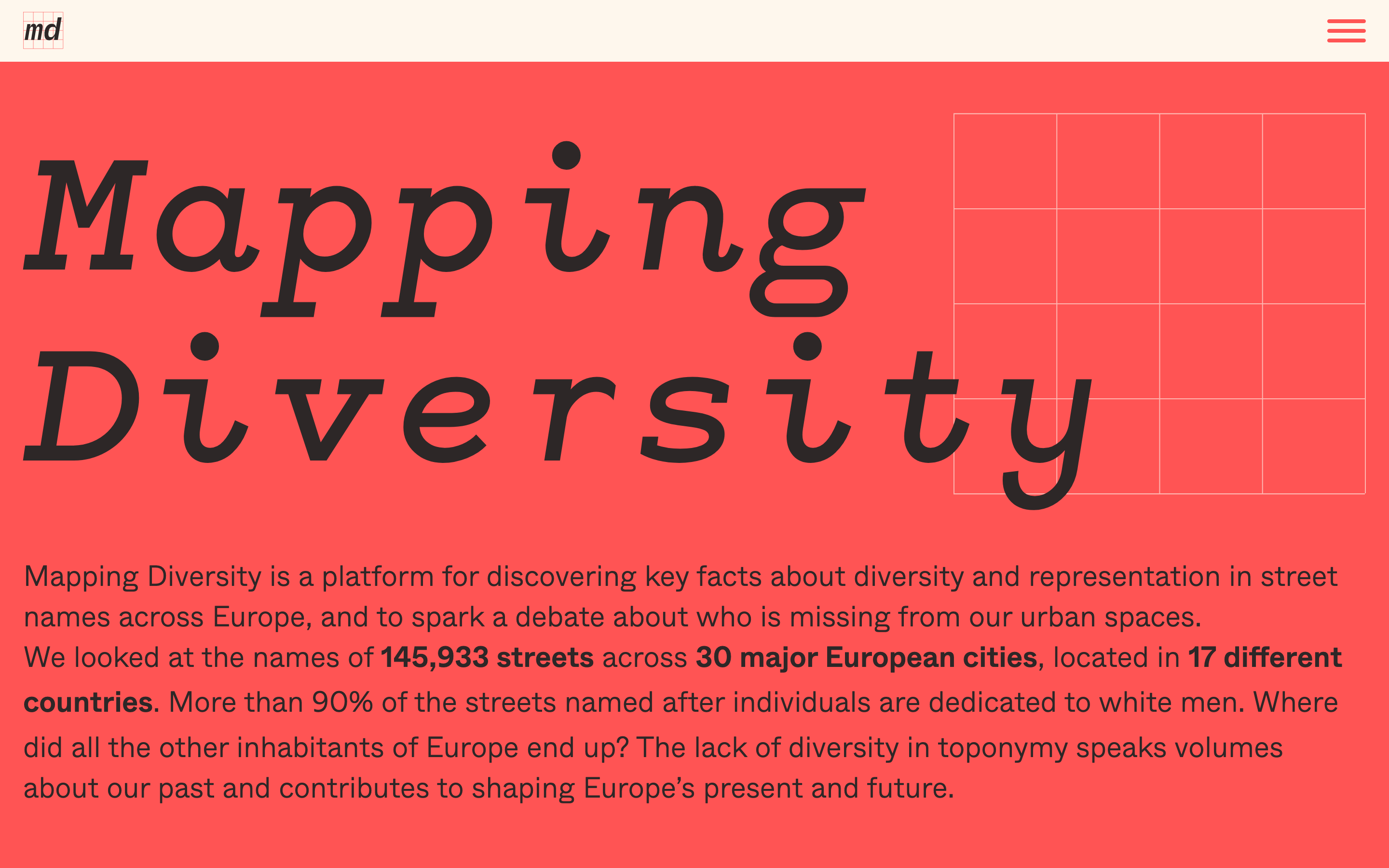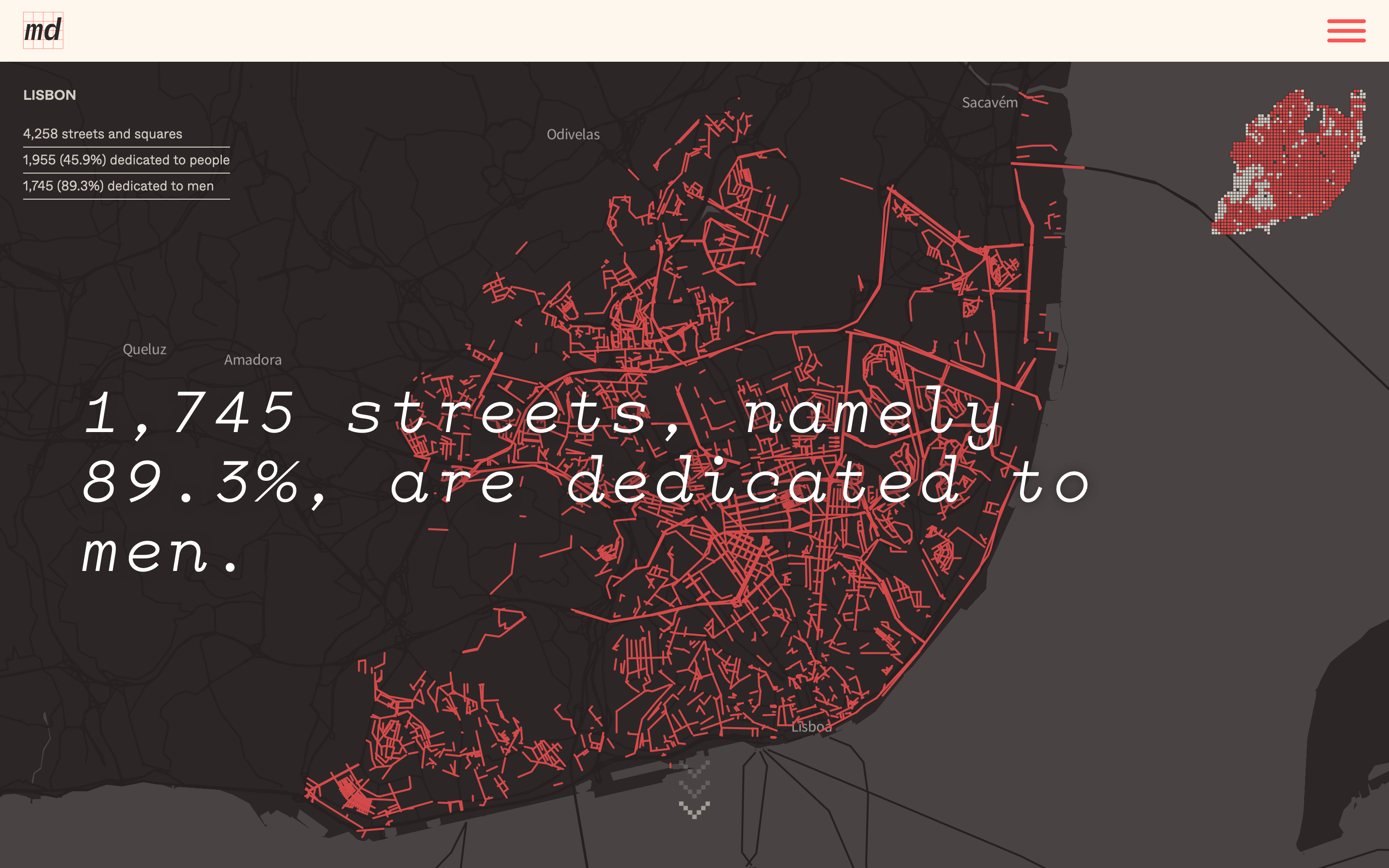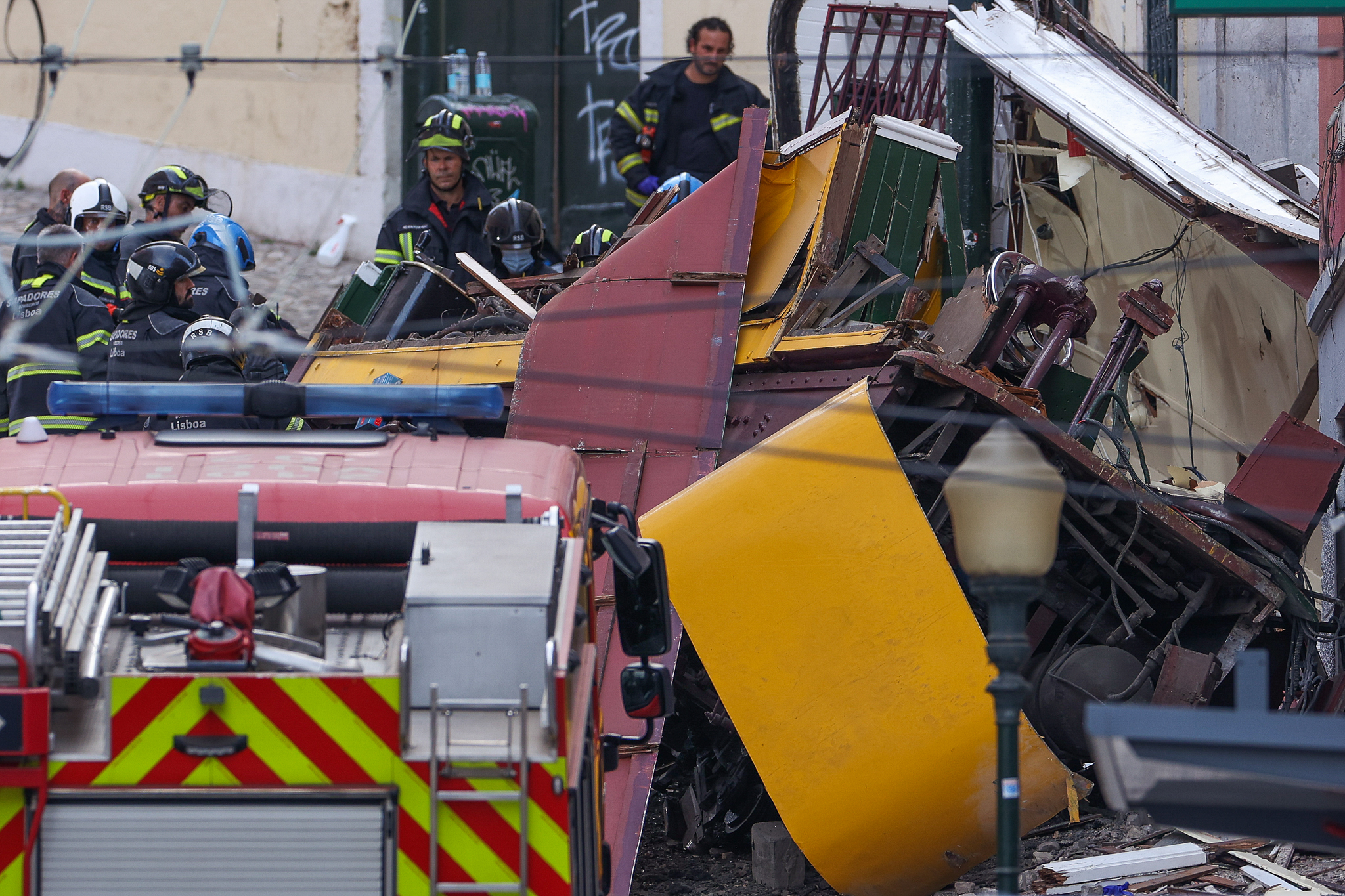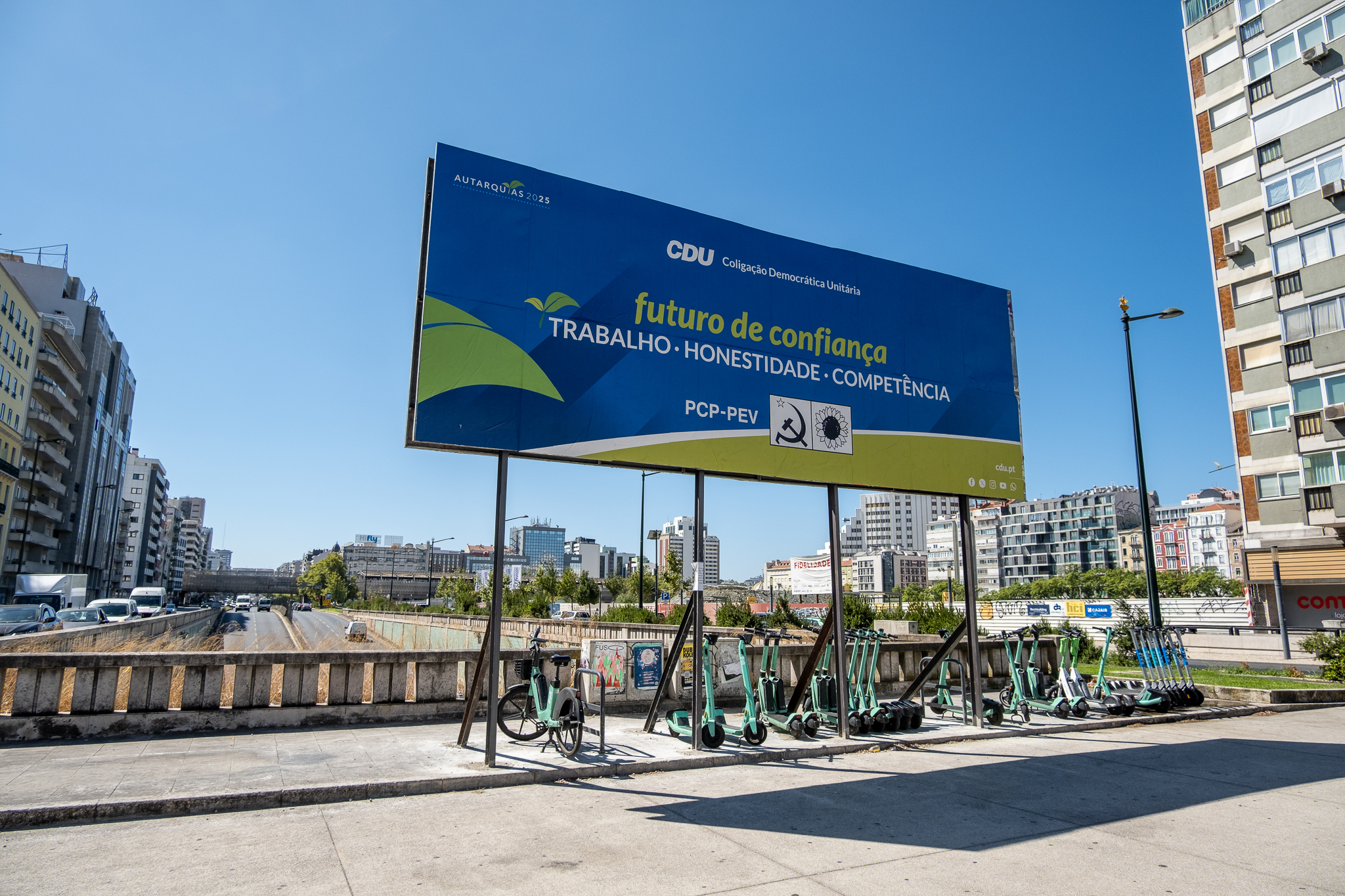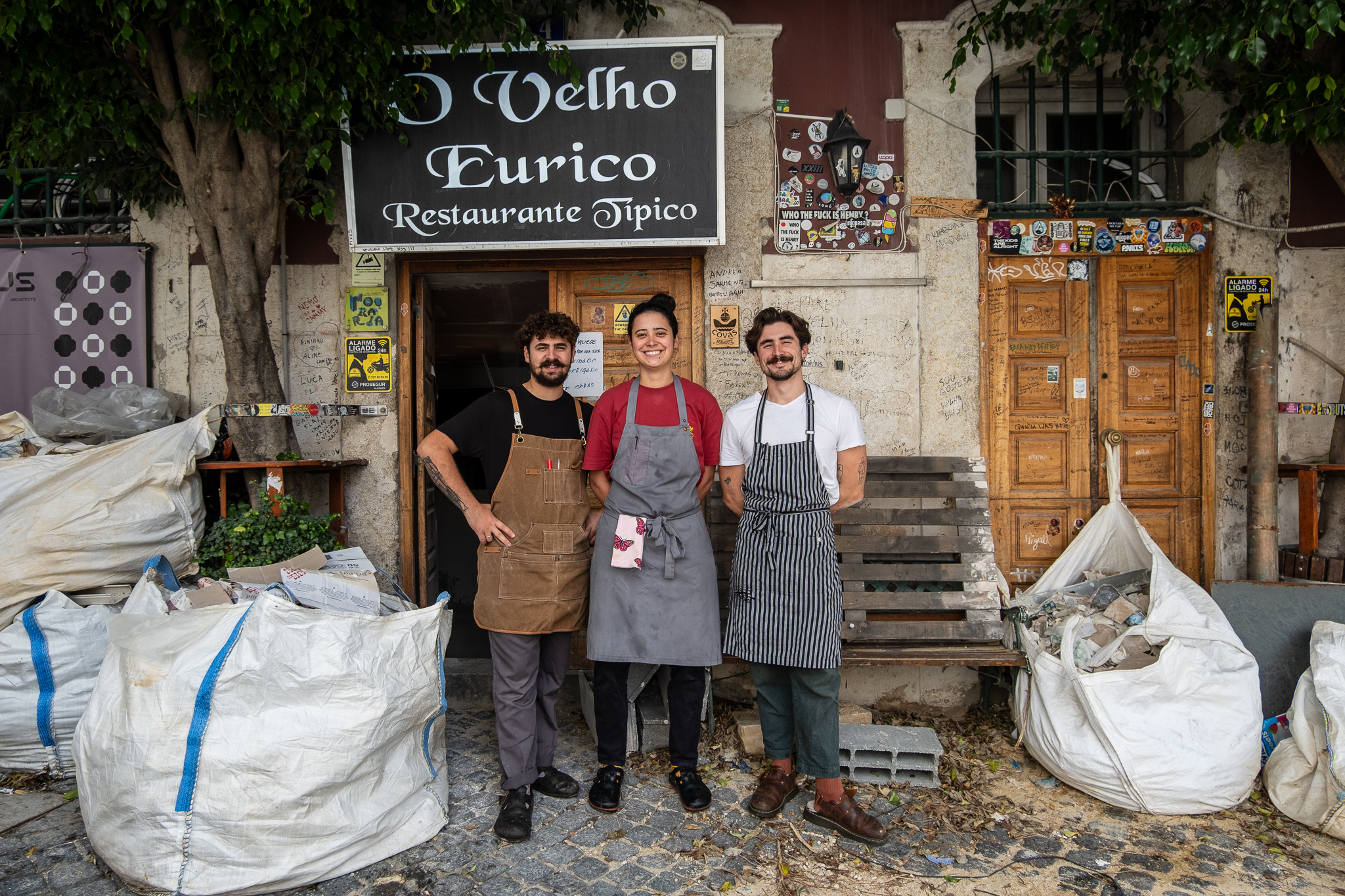The idea is to start with Bairro de São João de Brito, in Alvalade, which is currently in the process of being legalized.

In a survey of Lisbon's streets, carried out by a citizen, it was identified that only 5% of the capital's 5,000 or so streets are named after women and that this inequality in the city's toponymy is also seen in gardens, schools and hospitals. Lisbon City Council wants to sort it out.
According to a proposal discussed and voted on on March 8th, the municipality of Lisbon intends to "to promote the naming of streets in the city that are still unnamed or whose names are obsolete and devoid of identity, namely, for example, the streets of the São João de Brito district, which are currently in the process of being legalized".
In other words, the Lisbon City Council approved naming streets after more women - starting with the São João de Brito neighborhood. The proposal came from the PS, Livre and Cidadãos Por Lisboa councillors and was unanimously approved by the city council. The proposal calls for the toponymy work to be done in conjunction with the city's population, with the aim of "to promote a process of consultation and dialogue with the people of the São João de Brito neighborhood on the names to be given, as well as evaluating the contributions of alternative toponyms chosen by the population".
In addition to the streets, the idea is to solve gender inequality in the "new municipal buildings (including educational, social, sporting and cultural facilities) and gardens and works that will adorn the public space, contributing to a more equal distribution of the names that populate the public space in Lisbon".
The approved proposal also covers "to propose to the Municipal Council for Equality that it study the proposal of names of women with relevance to the City of Lisbon, so that the Municipal Toponymy Commission can evaluate them, and then submit them to the City Council for deliberation"so that some of the street names may be changed.
Speaking to the newspaper Message from LisbonCátia Rosas, PS councillor, indicated that "this issue of visibility may seem insignificant, but it's much more than symbolic"not least because "the public space is where we are, where we move around and it has to be designed for the whole population".
In December, data scientist Manuel Banza published an analysis of the city's toponymy, identifying gender inequality not only in the streets, but also in squares and parks. More recently, a European piece of data journalism - Mapping Diversity - worked on nearly 146,000 streets in 30 European cities, and realized that more than 90% of these streets are dedicated to white men. In Lisbon, the Mapping Diversity team found that there were only 10% female names in Lisbon's toponymy - a higher percentage than in Banza's analysis, but still revealing a profound inequality.
